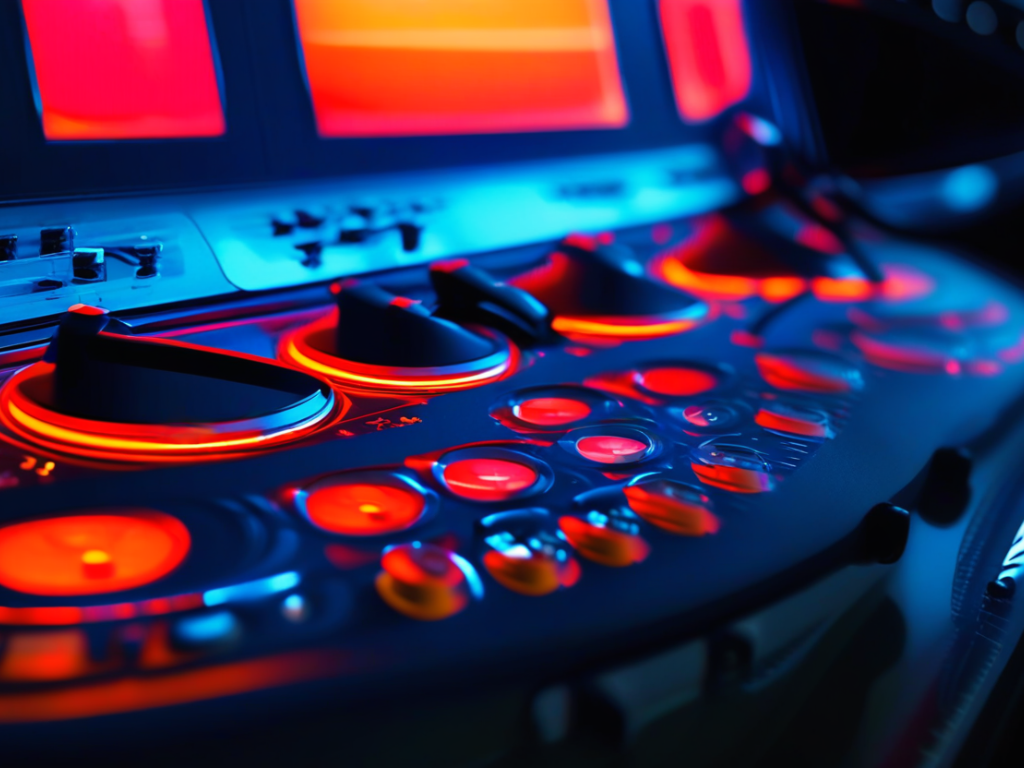As an audio enthusiast, mastering EQ settings is crucial for enhancing your listening experience on music players. Understanding how to fine-tune the equalization settings can significantly impact the way music sounds, allowing you to customize the audio output to your preferences and the characteristics of your headphones or speakers. In this article, we will explore the art of mastering EQ settings, providing you with practical tips and insights to elevate your audio journey.
In this article you will find:
- Understanding Equalization
- Basic EQ Controls
- Advanced EQ Settings
- Matching EQ to Your Gear
- Listening Tests and Adjustments
- Presets and Custom Profiles
- Continuous Learning and Exploration
Understanding Equalization
Equalization, commonly known as EQ, refers to the process of adjusting the balance between different frequencies in audio signals. By manipulating the amplitude of specific frequency bands, EQ allows you to modify the overall tonal quality of the sound. Each frequency band represents a range of audio frequencies, such as bass, midrange, and treble, which can be boosted or attenuated to achieve desired sonic results.
Basic EQ Controls
Most music players come equipped with basic EQ controls that allow you to adjust the bass, midrange, and treble levels. These controls typically include sliders or knobs for each frequency band, enabling you to increase or decrease the intensity of certain frequencies. Experimenting with these basic EQ settings can help you tailor the sound to your liking, whether you prefer a more bass-heavy or bright audio profile.
Advanced EQ Settings
For a more nuanced audio adjustment, some music players offer advanced EQ settings that allow you to fine-tune the sound with greater precision. Parametric EQ, for example, enables you to adjust not only the amplitude but also the frequency and bandwidth of specific EQ bands. This level of control can help you address specific sonic issues or enhance particular aspects of the music.

Matching EQ to Your Gear
When mastering EQ settings, it’s essential to consider the characteristics of your headphones or speakers. Different audio devices have unique frequency responses and tonal signatures, which can influence how you adjust the EQ settings. For example, if your headphones have a strong bass response, you may want to reduce the bass levels to achieve a more balanced sound.
Listening Tests and Adjustments
Mastering EQ settings often requires a process of trial and error. Conducting listening tests with various EQ adjustments can help you identify the changes that make a noticeable difference in sound quality. Pay attention to how different EQ settings affect the clarity, separation, and overall tonal balance of the music.
Presets and Custom Profiles
Some music players offer presets or custom EQ profiles tailored for specific music genres or listening environments. Experimenting with these presets can give you a starting point for optimizing your EQ settings based on different types of music. You can also create custom EQ profiles that suit your personal preferences and favorite genres.
Continuous Learning and Exploration
Mastering EQ settings is an ongoing journey of discovery and refinement. Keep exploring different EQ configurations, experimenting with new settings, and learning how to achieve the best sound quality from your music player. By staying curious and open to new techniques, you can unlock the full potential of your audio gear.
Enhancing your listening experience through mastering EQ settings is both an art and a science. By honing your skills in equalization, you can create a personalized audio landscape that resonates with your musical tastes and amplifies the emotions within the music. So, dive into the world of EQ settings, unleash your creativity, and immerse yourself in a sonic journey like never before.

